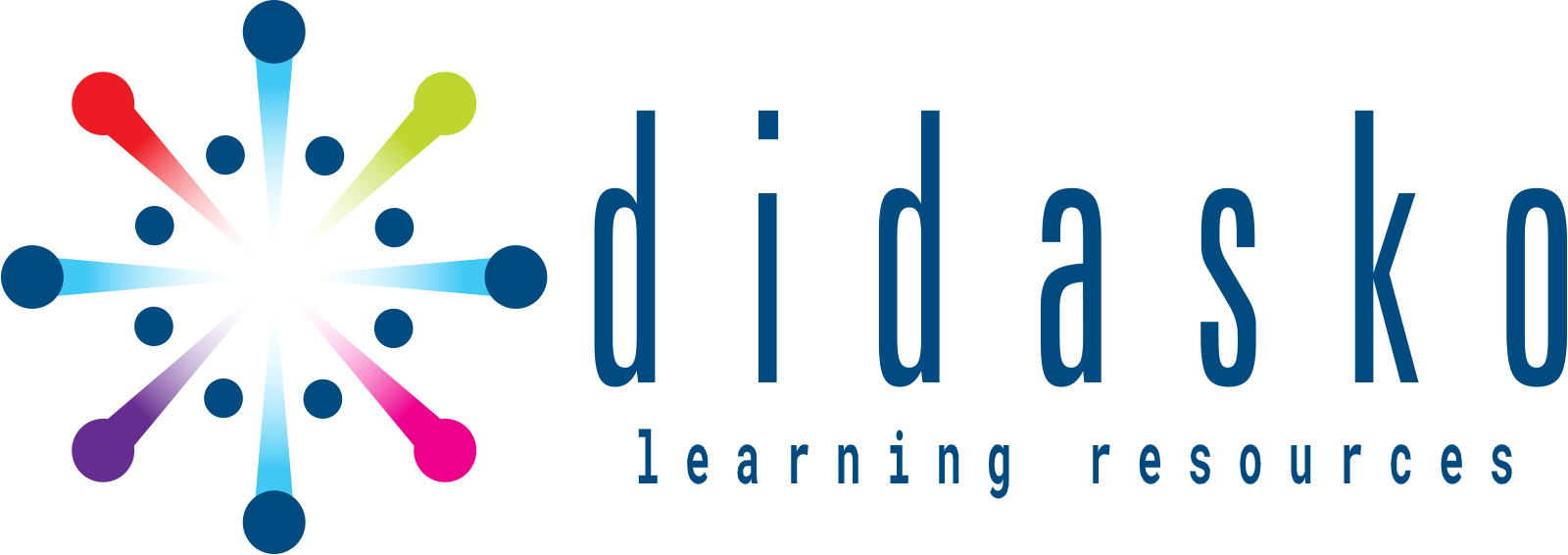Blended Learning: The Perfect Mix of Traditional and eLearning Methods
 September 2023
September 2023

In the evolving landscape of education, there’s a method that has been making waves and reshaping the way we understand teaching: blended learning. At its core, blended learning seamlessly fuses the age-old, tried-and-true traditional classroom teaching with the dynamic, interactive components of eLearning.
The Rise of the Blended Learning Approach
The blended learning approach isn’t just a trend. Its surge in popularity is a testament to its effectiveness and adaptability in meeting modern-day learning challenges. In an age where digital tools are omnipresent and learners come with a spectrum of needs, blended teaching offers the best of both worlds. It bridges the gap between the tactile, interpersonal essence of traditional teaching and the convenience, personalisation, and breadth of eLearning.
Through eLearning’s integration, blended learning enhances engagement, allowing for a diverse array of teaching methods that can be tailored to individual learning styles. This method leverages technology to provide immediate feedback, a wealth of interactive resources, and the ability for students to review material at their own pace. The result is a more dynamic, responsive, and effective educational experience that prepares learners for success in a digitally connected world.
Benefits of Blended Learning
Flexibility: One of the most prominent benefits of blended learning is the flexibility it grants. Students have the liberty to dictate their learning pace, choosing when to delve deep into online modules and when to participate in in-person discussions.
Personalised Learning Paths: Blended learning caters to diverse learning styles. Students can access a range of resources, from video lectures to interactive quizzes, ensuring that their unique learning needs are met.
Increased Engagement: By combining interactive online components with face-to-face interactions, students experience multiple modes of instruction. This varied approach can heighten student engagement, offering different avenues to grasp and internalise concepts.
Feedback and Assessment: Blended teaching allows for real-time feedback through digital assessments. Educators can swiftly gauge student progress, providing timely interventions and adjusting instruction to suit learner needs.
Resource Accessibility: With a vast array of digital materials at their fingertips, students can revisit content as often as needed, ensuring comprehension and retention.
Collaborative Learning: Online platforms often come with features that promote peer interaction. From discussion forums to group projects, blended learning fosters a sense of community, encouraging students to learn from one another. The collaborative aspect of blended learning, particularly through eLearning components, is vital for modern students. Online forums and group projects facilitate interaction and collective problem-solving, reflecting real-world work scenarios.
This environment enhances understanding through peer discussions and also develops essential soft skills like communication, teamwork, and digital literacy. Such experiences are invaluable in preparing students for a workforce increasingly reliant on digital collaboration tools, thereby aligning their educational journey with the demands and realities of the modern digital age.
Preparation for the Digital Age: As the world becomes increasingly digital, blended learning equips students with the skills they’ll need in modern workplaces, from navigating online platforms to consuming digital content efficiently.
Challenges and Solutions in Blended Learning
Every transformative approach comes with its own set of challenges. Recognising and addressing these ensures that RTOs and TAFEs maximise the benefits of blended learning.
Digital Literacy: Not all students and educators are familiar with digital platforms.
Solution: Offer preliminary training sessions on navigating online components. This empowers everyone to utilise digital resources confidently.
Consistency in Delivery: While the blended approach provides flexibility, it’s crucial that quality remains consistent across online and offline components.
Solution: Regularly review and update materials, ensuring both online and traditional teaching methods align in terms of content quality and depth.
Assessing Engagement: How do educators ensure online components are as engaging as in-person sessions?
Solution: Use analytics provided by eLearning platforms to monitor student activity and gather feedback frequently.
The Future of Blended Learning
As we look ahead, blended learning isn’t just a transient phase in education—it’s set to be the cornerstone. With the ongoing advancements in technology and the changing dynamics of global education, blended learning will continue to evolve.
Virtual Reality (VR) and Augmented Reality (AR): These technologies promise immersive learning experiences. Imagine carpentry students using AR to visualise complex structures before actually building them or hospitality students using VR to simulate event management.
Adaptive Learning Platforms: Future eLearning components will use AI to adapt the content in real time based on the student’s performance, offering a truly personalised learning journey.
Greater Focus on Soft Skills: Beyond the curriculum, blended learning platforms will offer modules on communication, teamwork, and other essential soft skills.

Blended Learning for RTOs and TAFEs
For RTOs and TAFEs like yours, the blended learning approach represents an opportunity for innovation and excellence. Given the diverse learning needs of vocational students, blended teaching is not just beneficial; it’s essential. Whether a hands-on workshop followed by an online simulation or a lecture complemented by digital interactive exercises, the blended approach can elevate the learning experience for learners in your learning institution.
Successfully implementing blended learning in your RTO or TAFE requires careful planning, a blend of the right resources, and training for educators to integrate digital and traditional methods effectively. Institutions need a partner that understands these requirements, and this is where Didasko Learning Resources can offer immense value.
Blended Learning Using TopNotch Training Materials
Blended learning is more than just a buzzword. It’s a transformative approach that promises a richer, more holistic educational experience. As the educational landscape continues to evolve, the blended learning approach stands as a guide, pointing the way forward for learning institutions committed to excellence, inclusivity, and innovation.
For RTOs and TAFEs aiming to remain at the forefront of educational advancement, partnering with providers like Didasko Learning Resources ensures they offer top-notch courses, including those aligned with the SIT20322 framework and materials tailored for the digital age. The future of education is blended, and with the right tools and partners, your institution can lead the way.




